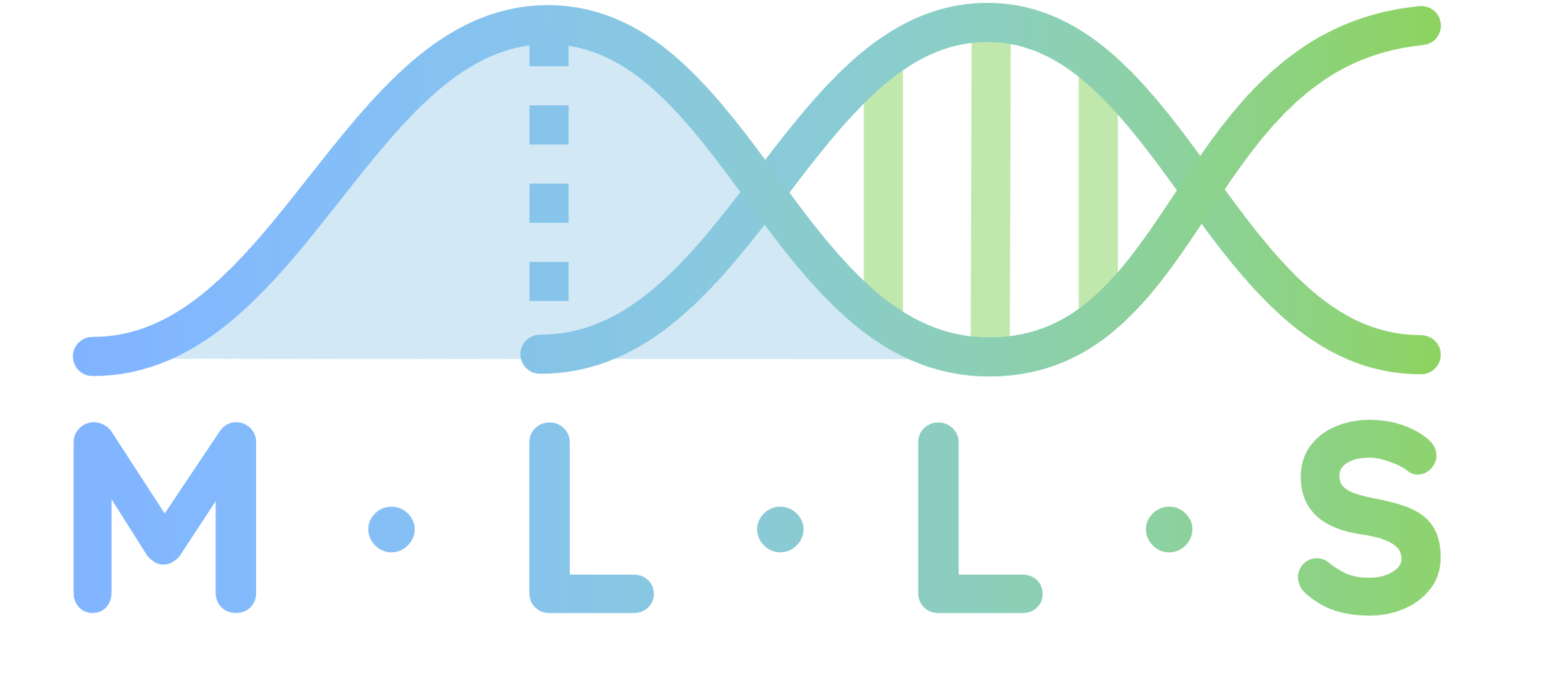Getting started#
In this chapter, we share with you how to install poli and poli-baselines, and get started with benchmarking black box functions.
Installation#
Unfortunately, we only support Linux and MacOS for now.
(Optional) Installing conda#
One of poli’s strengths comes from isolating black box functions. If you want to use this functionality, we encourage you to install conda. Follow the documentation of Anaconda itself.
Test that your installation went through by writing
$ conda --version
conda 23.11.0 # Yours might be different, and that's fine.
It’s okay if you have another version. We have tested this documentation on the version showed.
Installing poli#
Right now, we only support two ways of installing poli: by cloning the repo and installing, or using pip.
You can install poli in an environment by running
pip install poli-core
This is the base installation of poli. If you want to use certain black boxes, you can install their dependencies by running e.g.
pip install poli-core[tdc]to run the PMO benchmark.pip install poli-core[ehrlich]to run the EhrlichHolo black box.
and more. Check the documentation of each black box for more details.
You can install the bleeding edge version of poli using git+:
# in the poli-base env
pip install "poli-core @ git+https://github.com/MachineLearningLifeScience/poli.git@dev"
If you are interested in debugging locally, clone and install as follows:
git clone git@github.com:MachineLearningLifeScience/poli.git@dev
cd ./poli
pip install -e .
Warning
poli works by creating shell scripts inside your home folder, under ./.poli_objectives. Make sure you’re okay with this.
Installing poli-baselines#
Warning
poli-baselines is on alpha phase, and the API might change in the short future.
If you are not interested in debugging, you can simply run
pip install "poli-baselines @ git+https://github.com/MachineLearningLifeScience/poli-baselines.git@main"
You can install the dependencies for specific solvers by replacing poli-baselines with e.g. poli-baselines[ax] for ax-related solvers, poli-baselines[bounce] for the Bounce solver, and so on. Check the documentation of each solver for more information.
If you are interested in debugging locally, clone and install as follows:
# in the `poli-base` env.
$ git clone git@github.com:MachineLearningLifeScience/poli-baselines.git@main
$ cd ./poli-baselines
$ pip install -e .
Testing your installation#
To make sure everything went well, you can test your poli installation by running
$ python -c "import poli ; print(poli.__version__)"
1.1.0 # Might be different, that's fine.
All problems available will appear, but some of them will have more pre-requisites (e.g. installing foldx or having OpenBabel).
You should also be able to run
$ python -c "import poli_baselines ; print(poli_baselines.__version__)"
1.0.2.dev1 # Might be different, that's fine.
Your first script using poli#
Let’s write a small script that creates an instance of white_noise from the repository:
# see poli/examples/minimal_working_example.py
import numpy as np
from poli import objective_factory
problem = objective_factory.create(name="white_noise")
f, x0 = problem.black_box, problem.x0
x = np.array([["1", "2", "3"]]) # must be of shape [b, L], in this case [1, 3].
for _ in range(5):
print(f"f(x) = {f(x)}")
If we run this script, it will print 5 evaluations of the objective function on the same input.
Other examples#
white_noise is a trivial example. We include plenty of examples on how to register objective functions that are more complex, including e.g. computing the Quantitative Estimate of Druglikeness of a small molecule or, if you have the foldx simulator installed, how to compute the stability of a protein given a .pdb file.
